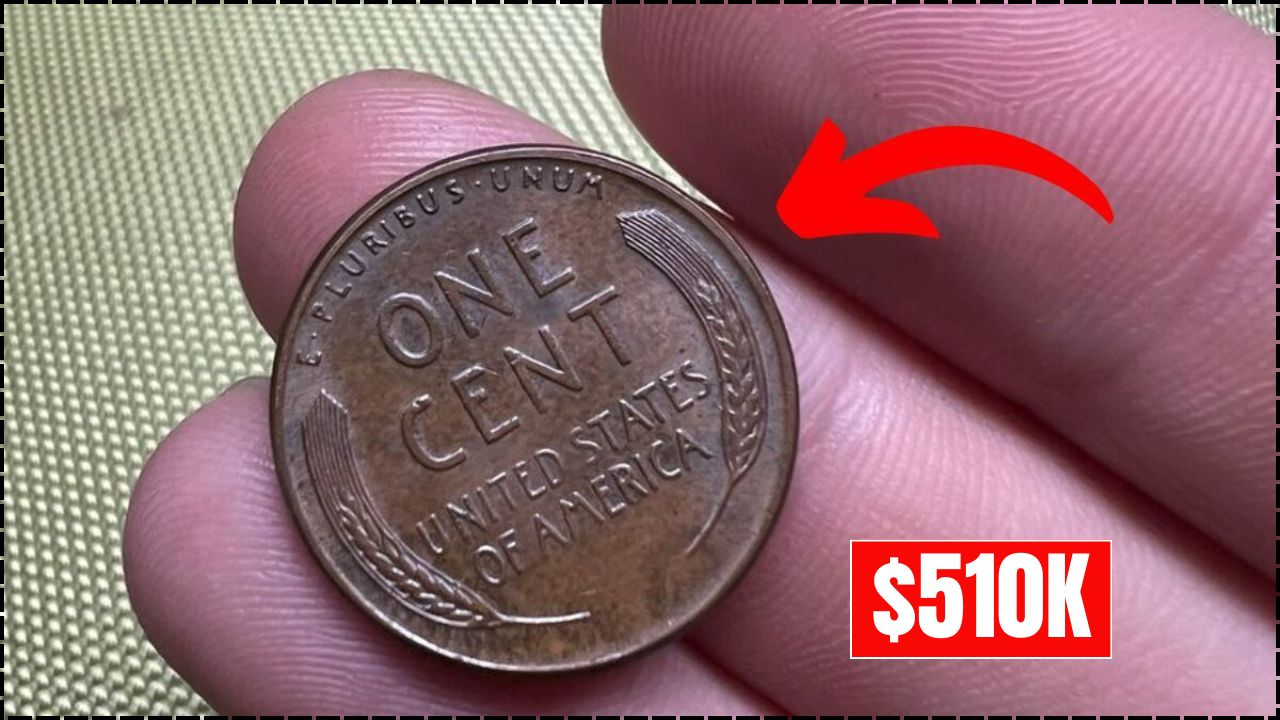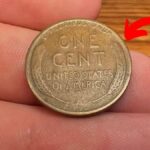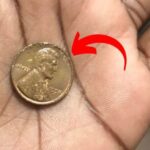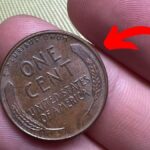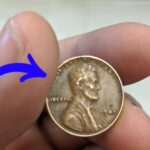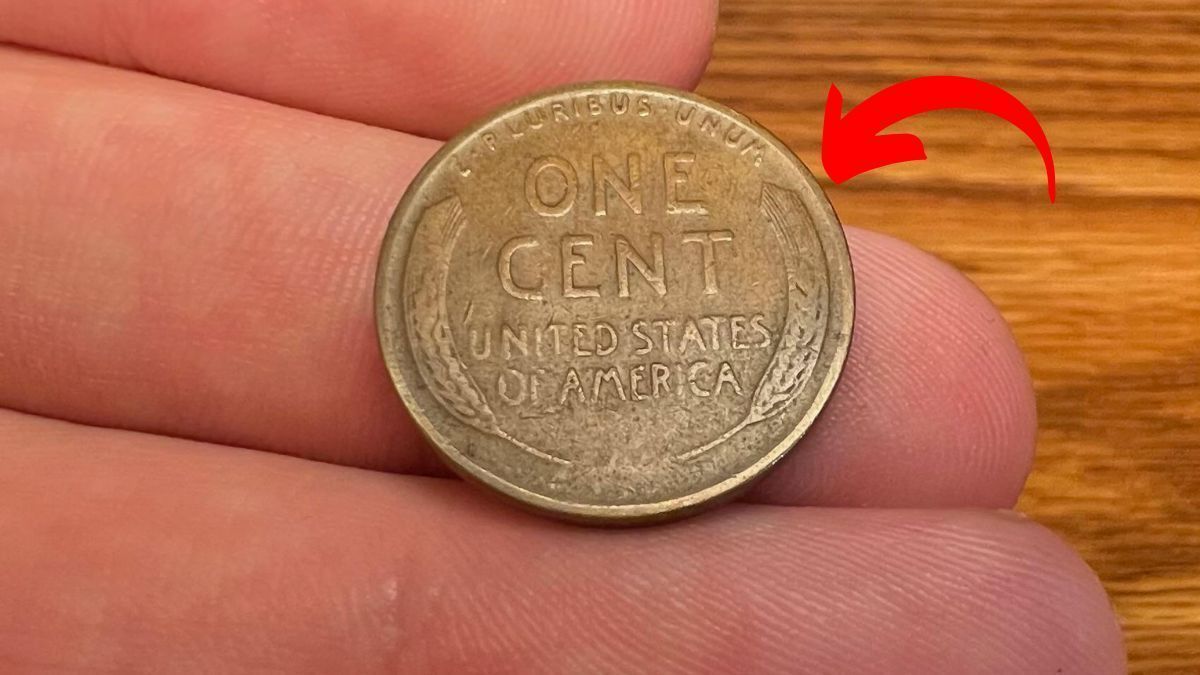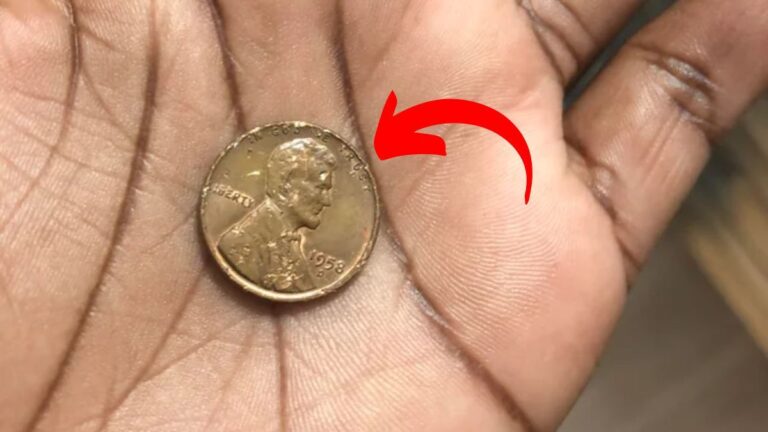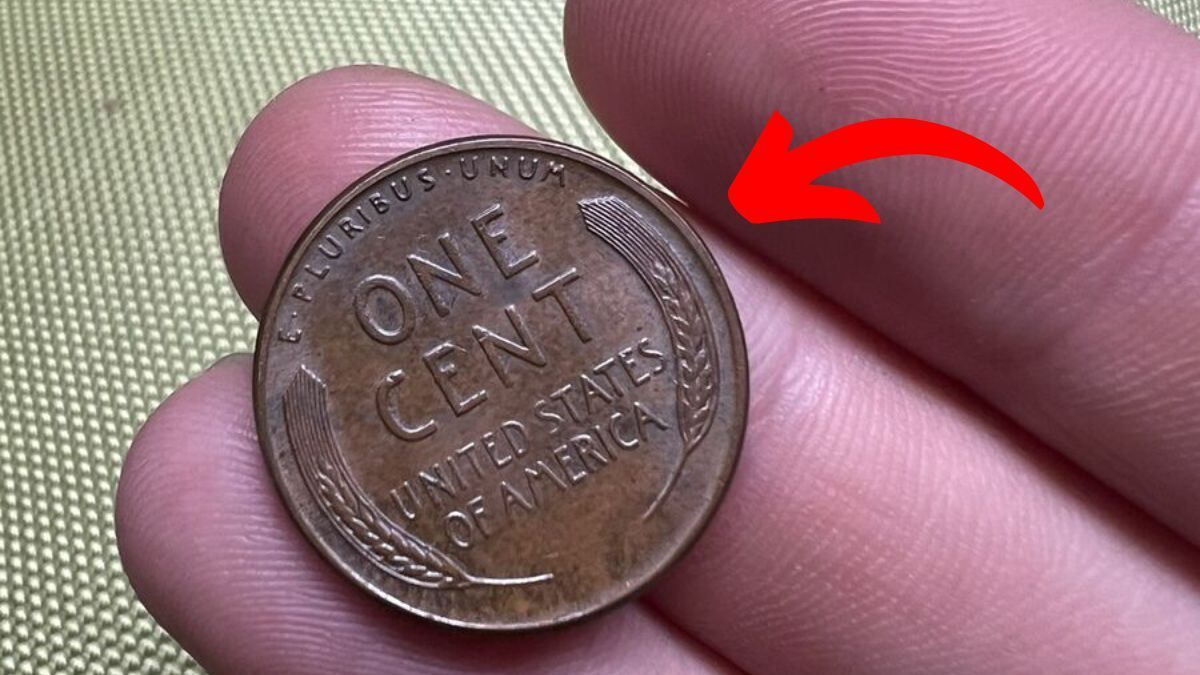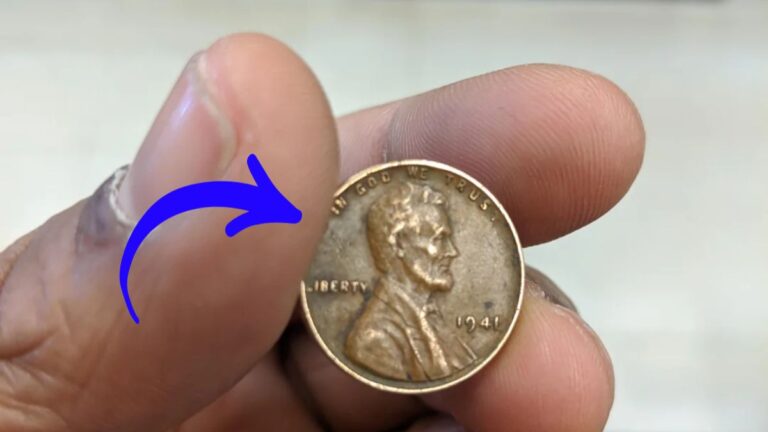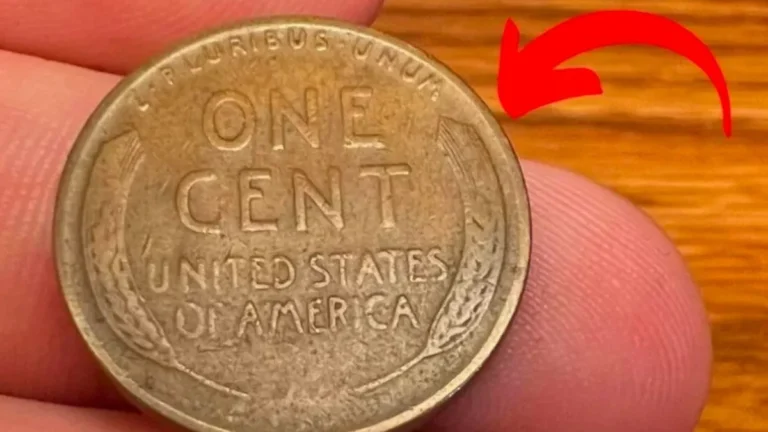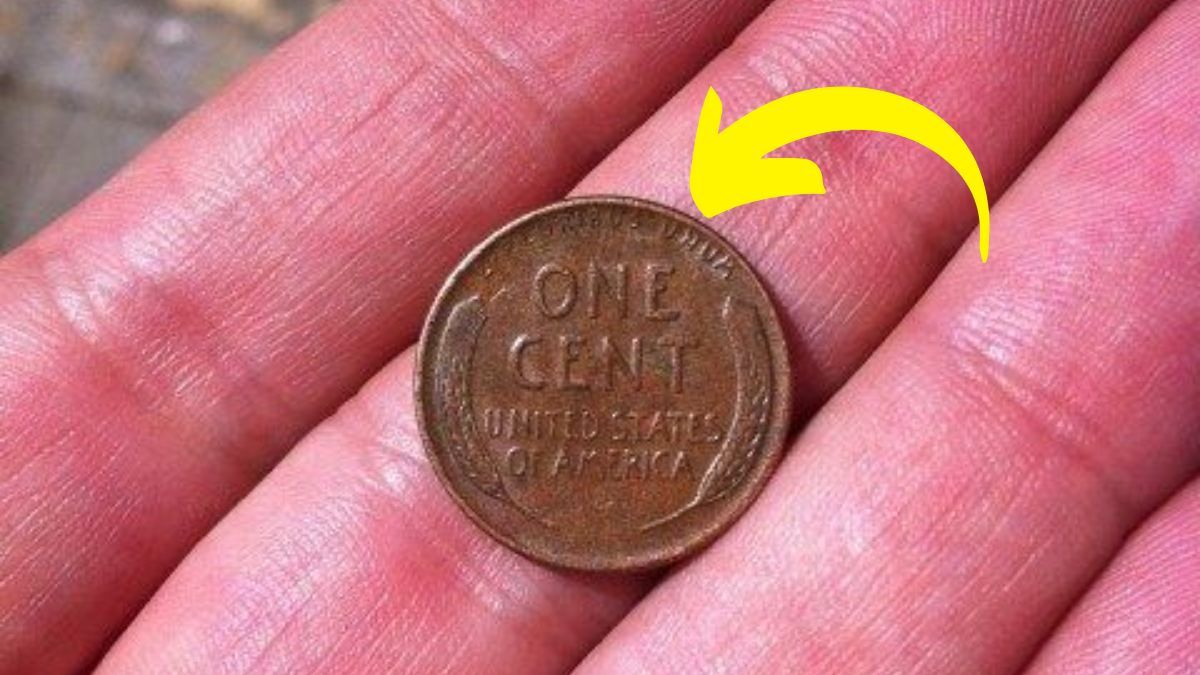The Lincoln Wheat Penny Valued at $510K: Most of us barely glance at the pennies we receive in change, often discarding them into jars or leaving them forgotten in drawers. Yet that humble copper coin could potentially be worth hundreds of thousands of dollars. Among American currency, the Lincoln Wheat Penny stands as both a historical icon and, for a fortunate few, a gateway to unexpected wealth. With some rare specimens selling for up to $510,000, there’s a tantalizing possibility that these valuable coins might still be circulating in everyday transactions.
The Birth of an American Classic
The Lincoln Wheat Penny first appeared in 1909, created to honor the 100th anniversary of Abraham Lincoln’s birth. This coin represented a revolutionary change in American currency – the first time a real historical figure, rather than a symbolic representation like Lady Liberty, appeared on a regular U.S. coin. Sculptor Victor David Brenner designed Lincoln’s dignified profile, which continues to grace the penny to this day.
The reverse side featured two wheat stalks framing the denomination and “United States of America,” giving the coin its popular nickname – the “Wheat Penny.” This distinctive design remained in production until 1958, when it was replaced with the Lincoln Memorial design, making the Wheat Penny a finite collector’s item spanning nearly five decades of American history.
The Million-Dollar Mistake: The 1943 Copper Penny
The most valuable Lincoln Wheat Penny emerged during World War II, when the nation faced critical materials shortages. In 1943, to conserve copper for essential war manufacturing, the U.S. Mint switched to producing pennies made from zinc-coated steel. However, in a rare manufacturing error, a few copper blanks from 1942 were accidentally fed into the presses, creating the legendary 1943 copper penny.
These accidental coins are now numismatic treasures. With only about 20 known to exist, they rank among the most valuable American coins ever produced. A 1943 copper penny in good condition could be worth up to $510,000 – a staggering return on a one-cent investment. Their value stems from both their extreme rarity and the fascinating wartime story behind their accidental creation.
Other Valuable Wheat Pennies Worth Seeking
While the 1943 copper penny represents the pinnacle of Wheat Penny collecting, several other variants also command impressive prices. The 1909-S VDB penny, minted in San Francisco and bearing the designer’s initials, saw limited production before public controversy over the prominent initials halted its manufacturing. Today, these scarce coins can sell for tens of thousands of dollars.
Other prized specimens include the 1914-D (Denver mint), the 1922 “Plain” penny (missing its mint mark due to a worn die), and the 1955 Double Die penny (showing visible doubling of the date and lettering). Each of these coins tells a unique story of American minting history and represents a significant find for any collector.
How to Identify a Valuable Wheat Penny
To determine if your penny might be worth more than one cent, start by examining the date – particularly 1909, 1914, 1922, 1931, 1943, and 1955. Next, check for a mint mark beneath the date: an “S” indicates San Francisco, “D” means Denver, while Philadelphia-minted coins have no mark. Coins from San Francisco and Denver are typically more valuable due to their lower production numbers.
For 1943 pennies specifically, the material is crucial. Standard 1943 pennies appear silvery due to their steel composition and will stick to a magnet. If you find a copper-colored 1943 penny that doesn’t attract a magnet, you might have discovered something extraordinary – but professional authentication is essential.
Handling Your Potential Treasure
If you believe you’ve found a valuable penny, resist the urge to clean it. Though it might seem counterintuitive, cleaning can drastically reduce a coin’s value. Collectors prefer coins with their original patina, as this helps verify authenticity and preserves historical character. Handle any potential valuable coin by its edges only and store it in a protective holder.
Before making any decisions about selling, seek professional evaluation from a reputable coin grading service. These experts can authenticate your find, assess its condition, and provide proper documentation that will maximize its market value.
The Thrill of the Hunt
What makes searching for valuable Wheat Pennies so exciting is that these treasures could potentially still be circulating among ordinary coins. Unlike museum artifacts locked behind glass, rare pennies sometimes remain in public hands simply through oversight. This creates the possibility that anyone with knowledge and attention to detail might discover a life-changing coin in their pocket change or coin jar.
This accessibility has drawn many people into coin collecting – a hobby requiring no special equipment, just curiosity and patience. Whether examining old family coin collections or simply paying attention to your change, each penny offers the possibility of discovery.
